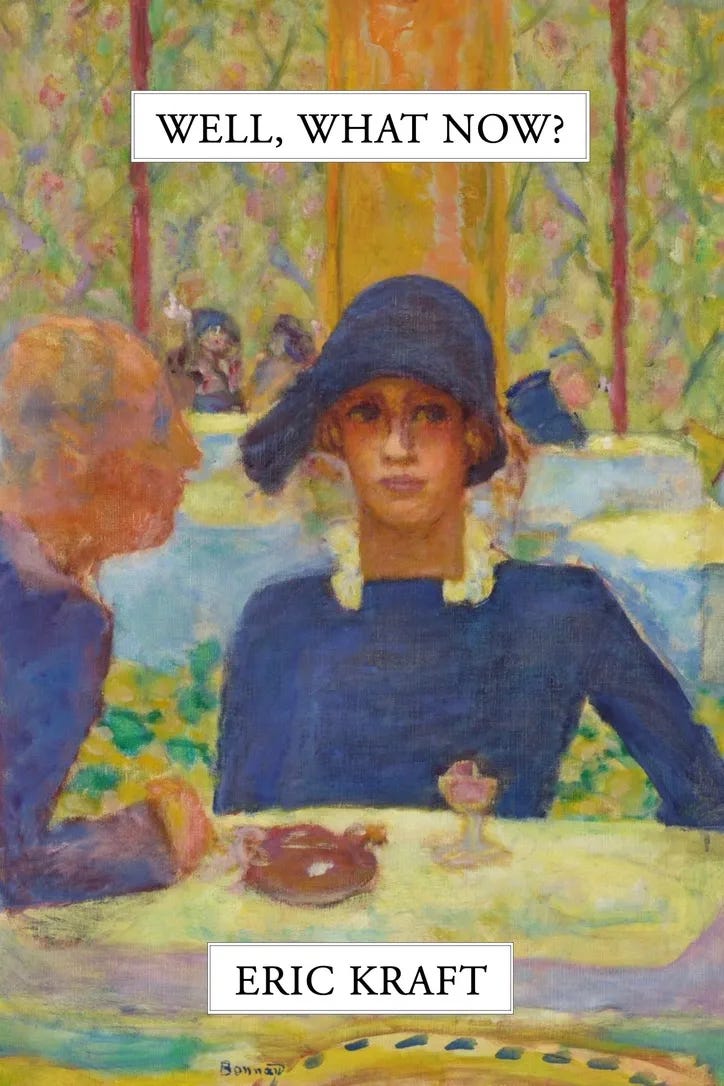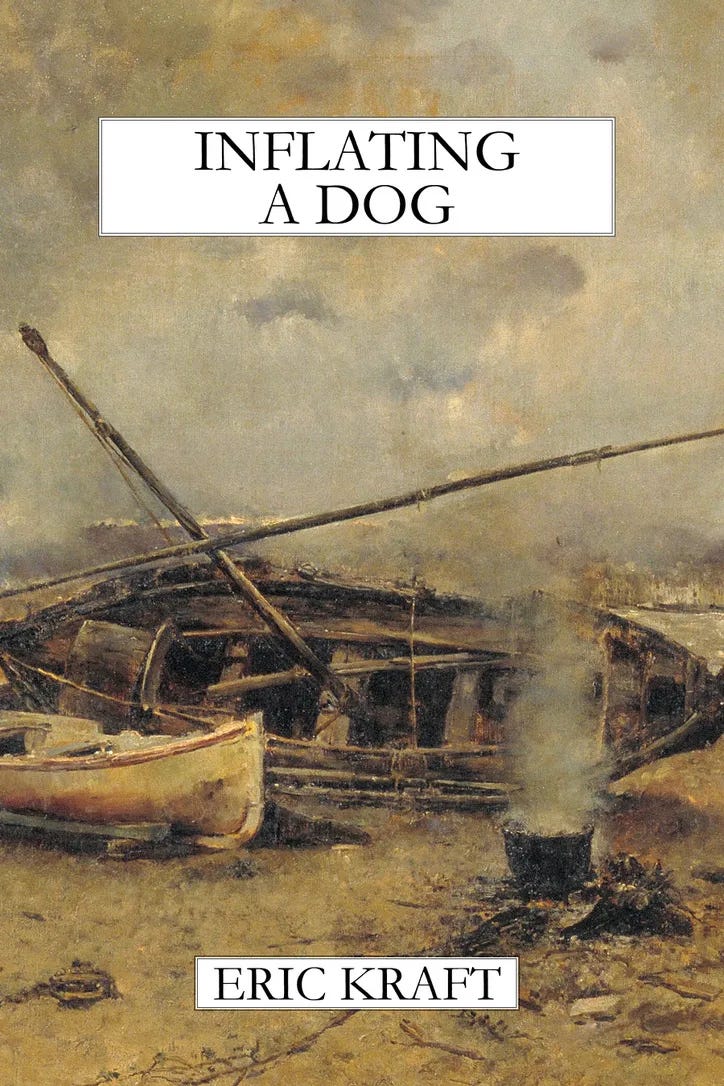TRY SHE DID. I came home from school one afternoon to find the kitchen glazed with sugar. Threads of crystallized sugar crackled when I pushed the back door open, and they webbed the room, running along the walls, across the countertops and the stove and the sink, across the faces of the white metal cabinets. My mother had spun a sugar cocoon like one of the sugar eggs that were sold at Easter.
(These eggs were molded in two halves, a top and a bottom, the joint cemented and concealed by a decorative squiggle of colored sugar paste, but before the halves were joined a tiny scene was constructed inside, made of images printed on stiff paper, cut and mounted with candy syrup that held them in place to make a diorama, sacred or profane, the buyer’s choice. I don’t know how all that was done; if there was an early-morning documentary on the process, I missed it.)
My mother seemed not to be aware that I was in the kitchen. She was drizzling hot syrup from a can in which she had punched tiny holes, waving the can over a strip of aluminum foil that she had rolled out onto the floor, making intricately layered swirls and squiggles along the foil. When the sugar crystallized, she would have an edible action painting.
While I watched, something came over her, something that I might, at the time, have called sudden inspiration — or a fit.
(Now, I think I would call it the untrammeled expression of her true self and her aspirations for that self, a girl who lived within my mother and still expected that someday she would actually become the woman she hoped she would become.)
She began swinging the can beyond the limits of the foil so that the swirls of syrup looped onto the floor. This seemed like an inspired idea to me. The completed candy, when trimmed around the edge of the foil, would seem to have no edge but the edge that had been imposed on it by the knife, would seem to have been cut from a candy composition without limits. I liked the artifice of it, and I admired her style. Her swings grew wider and wider, though, and began to go far beyond the foil. As she swung the can in wider arcs, she began to swing herself, to dance with the can, swinging and swaying with it.
I was smiling. I realized that my mother was doing something a little mad, and, judging from the spun sugar around the room, had been doing something mad for a while, but I thought it was, as my friends and I, my group, my little local tribe, said at that time, “inflated.” In fact, if I had had to define what we meant by “inflated,” I could have done worse than to describe a suburban housewife flinging sugar syrup around her kitchen, turning it into a sugar egg with a little window in the door through which an interested observer could have witnessed the curious diorama of a suburban housewife flinging strands of sugar around her kitchen while her teenage son, bemused but proud, looked on and thought her inflated, blown up like a madman’s dog. It was, for us, a term of praise.
She whirled herself around, and the can swung in my direction. I said, a little tentatively, in awe of her advanced degree of inflation, “Hi, Mom.”
She stopped swinging the can, and the syrup ran in a dozen streams straight down onto the floor. She noticed me for the first time since I’d cracked my way into the kitchen. I was amazed — and a little hurt — to think that she could have been unaware of me for so long, that she had been too wrapped up in what she was doing to pay attention to me.
The expression “wrapped up in something” was common at the time, a time when I and many of the people I knew, perhaps most of the people I knew, still expected that we would be able to shape the future to our liking, long before we had begun to think of ourselves as sailing sinking ships, a time when we were often lost in dreams of our individual futures (mine, for example, were full of complaisant girls who competed for my company, and my father’s were, I think, awash in beer). Recalling my mother now, involved in her sugar work to the exclusion of everything else, I really understand what we meant by being “wrapped up in something.” I had seen it in her expression. It was the expression of a person who has slipped out of context and into something more comfortable: full attention to a single idea. The eyes of such a person seem unfocused, because it is the mind’s eye that’s doing the seeing. My mother’s occupation had become her insulation, like a coat that she might have wrapped around her on a winter’s day and pulled tight at the neck to warm the self that was wrapped within, to protect it from the inhospitable conditions that lay without, to protect her ambitious inner self from the icy reception that she received outside her wrap.
“Oh! Peter!” she said. “I didn’t notice you there. I guess I got all wrapped up in what I was doing. I just — ” She looked around the room, beaming. “I’ve been so busy here,” she said, “making candy. Not ribbon candy — that didn’t turn out too well. Lace candy — Lacy Licks, that’s what I’m going to call it. Ella’s Lacy Licks. See it all?”
She swung the can to indicate everything that she had accomplished, and the syrup followed, but when she turned toward me again, her expression had changed. The smile was gone. She stopped turning and stood there looking at me for a moment, as if she thought that I might want to say something to her, and when it became clear that I had nothing to say, she said, “I’ve made a mess,” and let the can slip from her hand.
[to be continued]
Subscribe to The Personal History, Adventures, Experiences & Observations of Peter Leroy
Share The Personal History, Adventures, Experiences & Observations of Peter Leroy
Watch Well, What Now? This series of short videos continues The Personal History, Adventures, Experiences & Observations of Peter Leroy in the present.
Have you missed an episode or two or several?
You can begin reading at the beginning or you can catch up by visiting the archive or consulting the index to the Topical Guide. The Substack serialization of Little Follies begins here; Herb ’n’ Lorna begins here; Reservations Recommended begins here; Where Do You Stop? begins here; What a Piece of Work I Am begins here; At Home with the Glynns begins here; Leaving Small’s Hotel begins here.
You can listen to the episodes on the Personal History podcast. Begin at the beginning or scroll through the episodes to find what you’ve missed. The Substack podcast reading of Little Follies begins here; Herb ’n’ Lorna begins here; Reservations Recommended begins here; Where Do You Stop? begins here; What a Piece of Work I Am begins here; At Home with the Glynns begins here; Leaving Small’s Hotel begins here.
You can listen to “My Mother Takes a Tumble” and “Do Clams Bite?” complete and uninterrupted as audiobooks through YouTube.
You can ensure that you never miss a future issue by getting a free subscription. (You can help support the work by choosing a paid subscription instead.)
At Apple Books you can download free eBooks of Little Follies, Herb ’n’ Lorna, Reservations Recommended, Where Do You Stop?, What a Piece of Work I Am, At Home with the Glynns, and Leaving Small’s Hotel.
You can buy hardcover and paperback editions of all the books at Lulu.
You’ll find overviews of the entire work in An Introduction to The Personal History, Adventures, Experiences & Observations of Peter Leroy (a pdf document), The Origin Story (here on substack), Between the Lines (a video, here on Substack), and at Encyclopedia.com.




